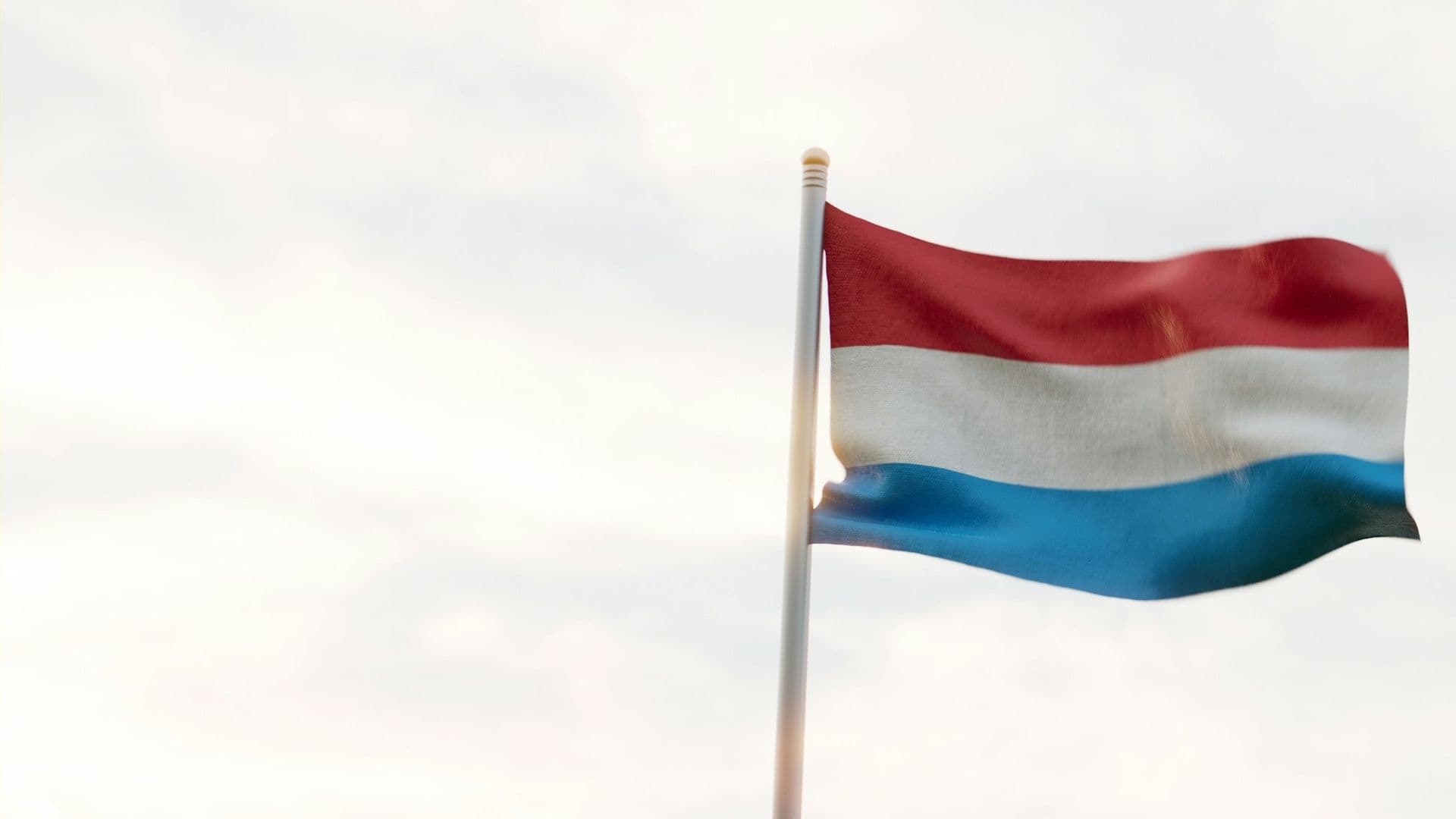
Luxembourg national flag, its history and meaning
As in any country, the Grand Duchy has a national flag. Of course, the Luxembourgers are proud of their national flag. The history of the Duchy of Luxembourg flag is fascinating. This article explains where it comes from, how it has changed, and how it is made.
Every country has its own flag, and citizens of a country are proud of their flag. Luxembourg even has 2 official flags. The history of the 2 flags of Luxembourg is very interesting. Having 2 flags also creates another problem, when do they use which flag?
Luxembourg flag history
All national flags have a history, during the ages they have changed of course, but obviously the origin can be traced back most of the time to one of the leading tribes/groups that occupied the region at that time.
Although the flag of Luxembourg has been in use for almost 200 years, it is only the official flag since 1972.
In 1993 the ratio of the flag was adjusted from 1:2 to 3:5. Until 1830, Luxembourg had no official flag. During the successful Belgian revolution, Luxembourg was separated from Holland. Therefore, the Luxembourg patriots were asked to show their national colors and what the Luxembourg flag does mean. That triggered the process of designing a national flag for the country. The flag was created as a banner with 3 horizontal stripes, each stripe another color. This design was formalized on 12 June 1845.
What are the three colors of the Luxembourg country flag?
The colors red, white and blue are taken from the coat of arms of the House of Luxembourg. These were derived from the combination of the lion of the dukes of Limburg and the supposed striped banner of the early counts of Luxembourg.
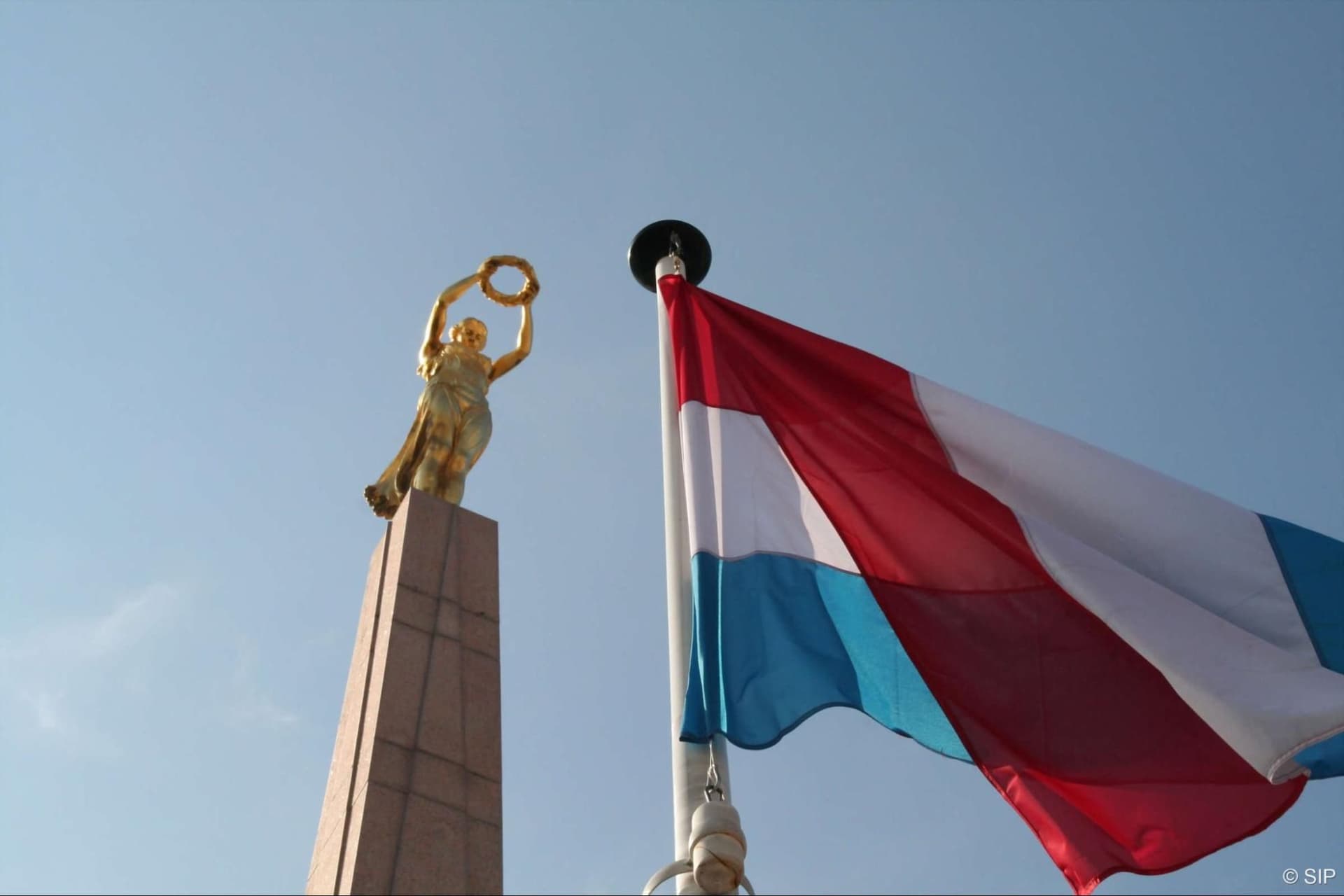
The meaning of the Luxembourg flag is what the people of Luxembourg stand for. The Red stands for revolution, power, and courage of the people. White in the middle stands for harmony and peace of the people. The blue colour stands for perseverance and determination of the people.
The alternative Luxembourg flag
As mentioned before, Luxembourg has 2 official flags. The flag with 3 stripes is recognized internationally and is called “rout, wäiß, blo” ("red, white, blue"), the other official flag, which is only used on the territory of Luxembourg, has a red lion with a background of white and blue stripes.
This flag is called “Roude Léiw”
On 6 July 2007, the Government declared that this flag also would be accepted as an official flag. Both flags have the same proportion, 3:5

During the last 2 decades, two proposals have been initiated to change the official Luxembourg country's flag for the version with the red lion. In 2006 minister-president Wolter submitted a proposal to exchange the flag because too many people would confuse the Luxembourg national flag with the Dutch flag. The red lion is looking better, and according to him, the flag with the red lion was more popular among the citizens of the Grand Duchy.
Additionally, he mentioned that the red lion has a significant important value for Luxembourg. Although a reasonable amount of people were supporting this proposal, there was also a lot of resistance. People against the exchange of the flag mentioned that it would be necessary to spend a lot of money on the exchange, but other reasons such as the fact that the Belgian province of Luxembourg is using a similar flag (a red lion on top of a background of white and blue stripes).
Furthermore, according to the opponents, the return of nationalism would not be welcomed. They also argued that the current flag has an historical and symbolic meaning as it was prohibited during the German occupation in WWI, in 1914 the Luxembourg flag was replaced with the German flag till the end of WWI.
In 2015 a second petition was sent to the Chamber of Deputies to replace the current flag with the alternative Luxembourg flag. it received less than 500 signatures.
Differences between the Luxembourg flag and the Dutch flag
Often, the flag is confused with the flag of the Netherlands. Both have the same stripes, but what is the difference between the flag of the Netherlands, and the Luxembourg flag.
Both red and blue stripes have a different, lighter shade in the flag of Luxembourg compared to the Dutch flag. Another difference is the proportions of the flag. The flag from Luxembourg is 1:2 or 3:5, where the Dutch flag is 2:3.
Are there more similar flags? When we look at other flags, there are some more that look similar, like the French flag, and the Russian flag, they are based on the design of the Dutch flag, but the flags of Slovakia and Slovenia are based on the Russian flag.
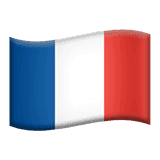
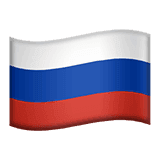
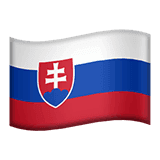
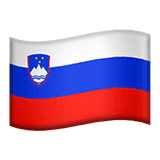
How are flags made and used nowadays
When entering the center of Luxembourg city, you will see the monument of the golden lady and the huge Luxembourg flag flying there. The monument is to remember the people from Luxembourg who died or disappeared during WWI.
During the time the first flag of Luxembourg was chosen, flags were woven from wool. Current flags are made in a completely different way. Not only they are not using wool anymore but rather a synthetic fibre. One of the current processes is called dye sublimation. Each fibre of the fabric is drenched by the machine, resulting in a flag with the best colours, and most importantly the design is shown perfectly on each side. This is called ‘printed through to reverse’ and can be an important consideration when choosing the way your flag will be made as both sides will be seen.
When and how to fly the flag of the Grand Duchy
During public holidays and festivities, the flag will be at the top of the mast. Especially during the National Day, when the birthday of the Duke will be celebrated, people want to show the country's flag. The National day is held on 23th of June. In the past it was held on the actual birthday of Grand Duchess Charlotte, which was 23th January. As the birthday fell in midwinter, it was moved to 23th of June in 1962. This way, festivities could be held outdoors in the more convenient summer time and weather. Since Grand Duke Jean followed in her footsteps and ascended the throne in 1964, 23 June has continued to be celebrated as the country’s National Day.
In 2000 the reigning duke Jean died, and during the period of mourning of 11 days the flag was flown at half-mast.
Frequently Asked Questions (FAQ)
When was the flag of Luxembourg used for the first time?
What are the colours of the Luxembourg flag?
How is the second official flag called in Luxembourg?
Source: www.britannica.com, en.wikipedia.org, en.wikipedia.org, en.wikipedia.org, en.wikipedia.org, en.wikipedia.org, en.wikipedia.org, www.britannica.com, flagmakers.co.uk, luxembourg.public.lu, www.gettysburgflag.com, today.rtl.lu, harrywestflags.com.au
We took photos from these sources: https://www.eu2015lu.eu/en/espace-media/galerie-photo/000-photos-luxembourg/index.html